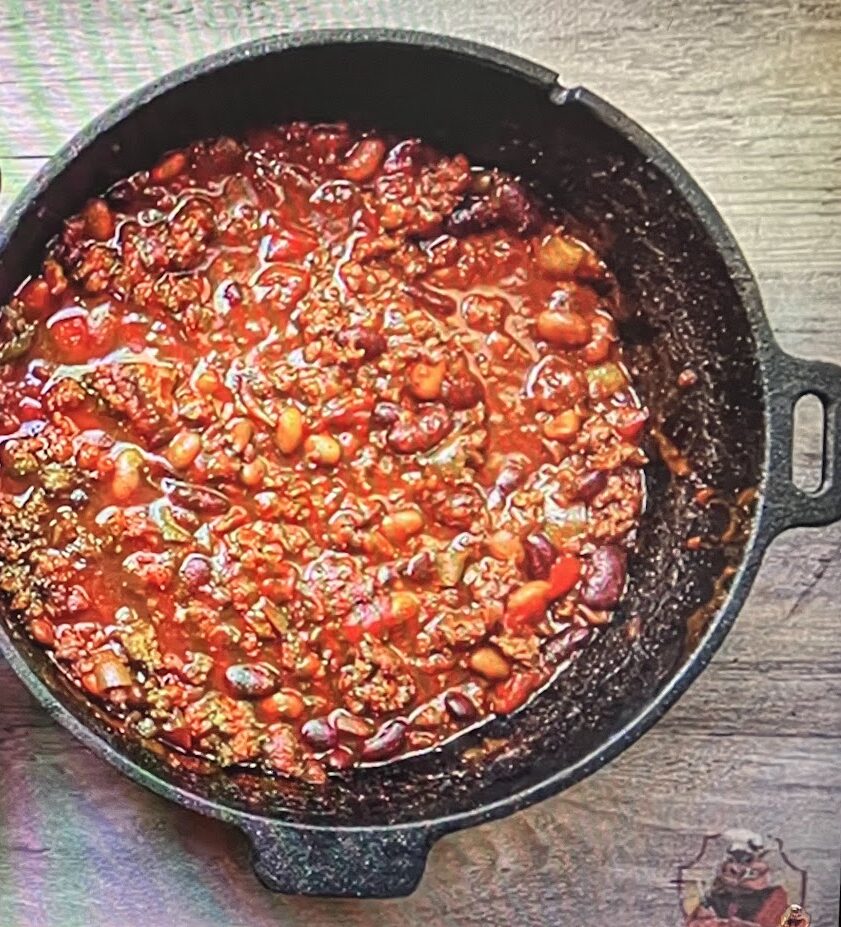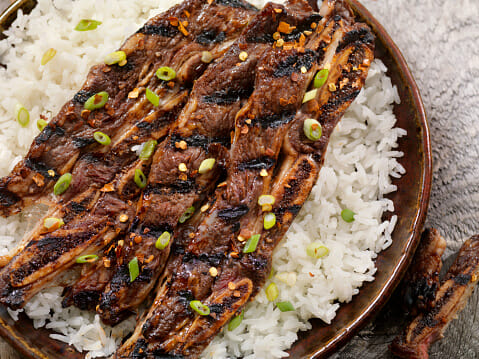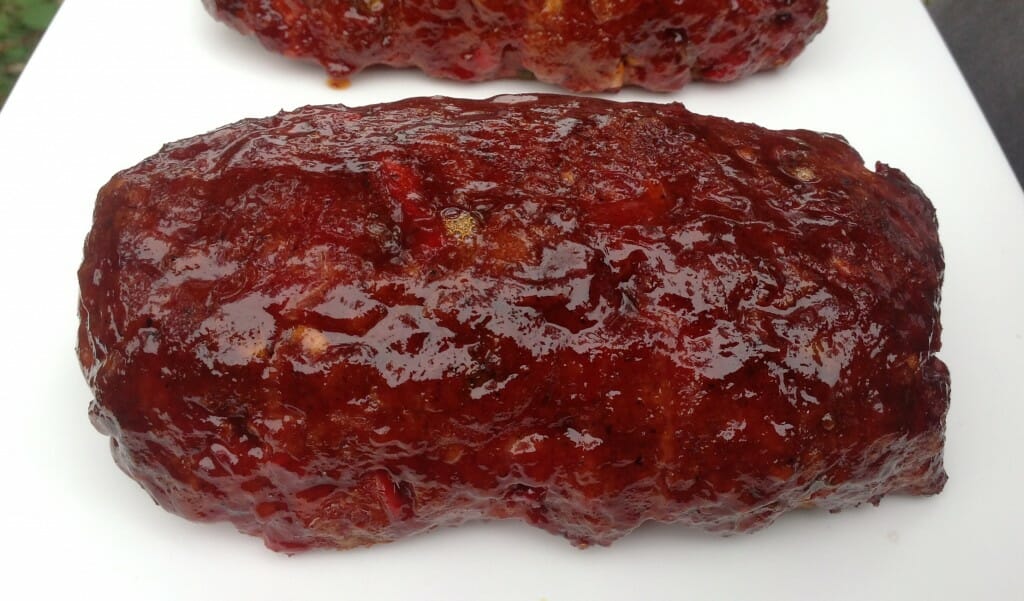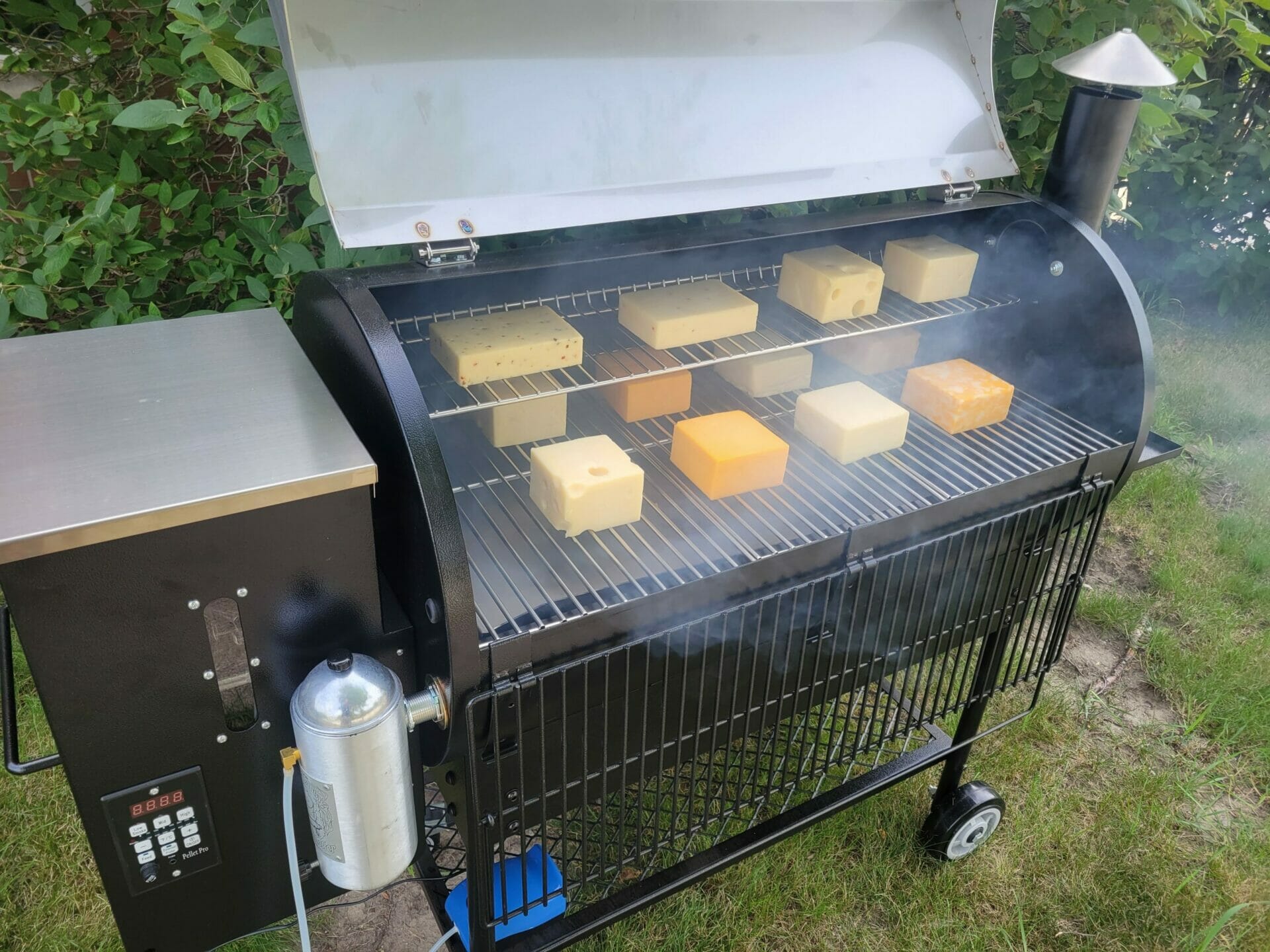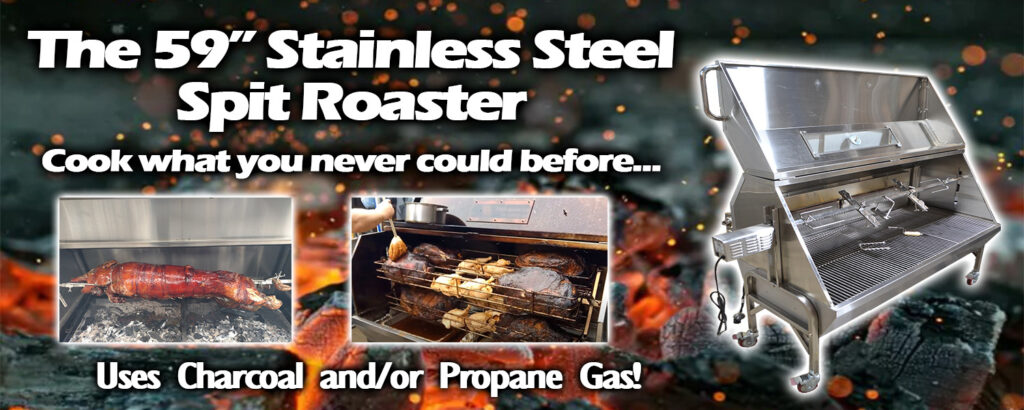Enjoying a perfectly cooked steak is a delicacy and cooking one can make you the hero of your household. It seems the with every perfectly cooked steak, there are dozens of overcooked or undercooked steaks. Have you ever struggled with the art of grilling steak? Don’t worry you are definitely not alone!
Until roughly 2001 the only way a steak was made was by grilling over direct heat. Conventionally, you were supposed to sear it on high heat to achieve a browned crust on the outside of the steak while keeping it internally medium-rare. The unfortunate part of this method is that it creates a gradient color in your steak. While the outside of the meat is perfectly seared, the inside is left with an interior color scale of gray to pink. Compared to the even cook throughout when using the reverse sear method.
What is the Difference Between Reverse Sear and Front Sear?
Conventional Barbecue practice sears the meat over direct heat to seal in the juices and to get the attractive brown surface. That char is the foundation of what Barbecue fans refer to as the “bark”; a caramelized shell that meat develops after hours of low and slow open-flame or indirect cooking. On the other hand, reverse searing is the technique of searing direct meat after cooking it over indirect heat.
Reverse Searing Method:
- Choose a steak that is at least an inch and a half thick (Thinner cuts will cook too quickly. When using a thinner cut we recommend the front searing method.)
- Season both the top, bottom, as well as the sides of the steak.
- Preheat your Pellet Pro Grill to 225 degrees Fahrenheit
- Cook your steak until it hits 10-15 degrees below your desired temperature. (Medium-rare is 130-135 degrees)
- Once the steak is at temp, remove and place your steak on a cooking sheet tented in foil.
- Remove the grates, drip tray, and heat diffuser. Place your sear daddy over the burn pot and replace the grates. Then turn the grill up to high.
- Once the grill grates are screaming hot, place the steak on and rotate 45 degrees after cooking for a minute. Let sear additional minute before flipping. Let sear for an additional minute before rotating 45 degrees. Finally let sear one final minute.
Front Searing Method:
- Roughly 20 minutes before front searing, remove the steaks from the refrigerator and let sit covered at room temperature.
- Heat your grill to high and liberally season both sides and edges. Place the steaks on the grill and cook until golden brown and slightly charred for 4-5 minutes. Then flip the steaks over and continue to grill 3-4 minutes for medium-rare(135), 5-7 minutes for medium(140), or 8-10 minutes for medium-well(150).
- Transfer the steaks to a cutting board or platter, and tent loosely with foil. Let it rest for 5 minutes before serving or slicing.
Pros and Cons of the Reverse Searing Method:
Pros:
- Drier Surface: The main issue with exposing meat to direct heat first is that it draws moisture to the surface of the meat. You’ll have a heck of a time getting a good sear on wet meat. Reverse searing dries the meats surface out to ensure a clean sear and the development of bark or grill marks.
- Consistent internal color: When cooking a steak medium or medium-rare, what you want is for your meat to be the same color throughout. When cooking traditionally you’ll probably get a layer of red meat between layers of gray. Reverse searing allows you to cook your steak to the desired degree of doneness and then crank up the heat for an intense sear at the end.
- More Thorough cook: Reverse searing starts the steaks at a low temperature gradually heating the meat to your desired level of doneness, before ending with a sear.
Cons:
- More time invested: All good things take time. This phrase is more than true with the reverse sear method. Yes, you can definitely finish a good steak in 5 to 10 minutes on a grill, while it will take about 45 minutes to an hour to finish a good reverse seared steak.
- Not a good method for thin steaks: Reverse searing is definitely not recommended for any cut of steak under an inch and a half in thickness. So, I guess you’ll have to opt for that thicker cut with your next visit to the butcher.
Everyone is definitely entitled to their own opinion, but in my personal opinion the reverse sear method is the easier and by far more tasty method to cook a steak. It’s a surefire way to hit the perfect temp and the perfect sear at the same time. If you have the extra time, I guarantee the time investment will be worth every minute.




